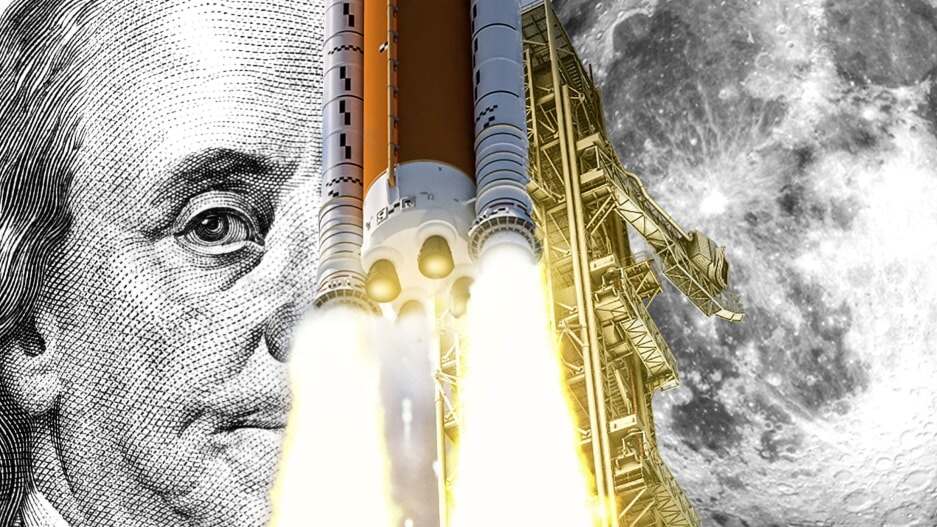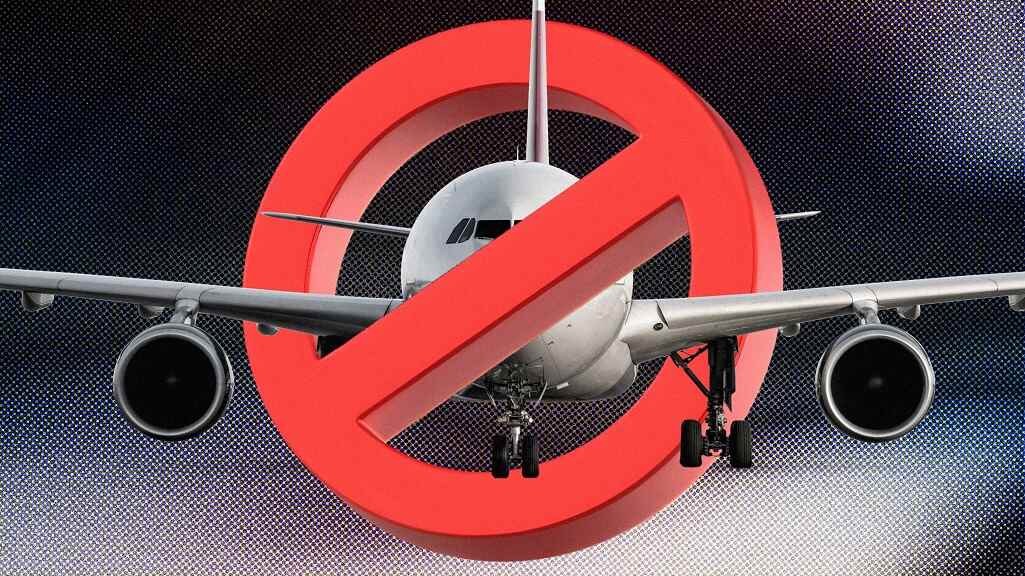- | 8:00 am
NASA’s moon rocket is already $6 billion over budget and behind schedule
NASA’s rocket slated to ferry astronauts to the moon has already hit some technical challenges. Here’s what it could mean for NASA’s moon shot.

NASA’s return to the moon is taking longer than expected and costing more than experts initially believed it would. And while the mission is still all systems go, Americans may not be as fervently in favor of this latest expedition as they were in 1969.
An audit from NASA’s inspector general, released last week, finds the SLS (space launch system) rocket that’s being created to ferry astronauts to the moon is already notably over budget and showing even more significant delays.
“NASA continues to experience significant scope growth, cost increases, and schedule delays on its booster and RS-25 engine contracts, resulting in approximately $6 billion in cost increases and over 6 years in schedule delays above NASA’s original projections,” the audit reads.
The problem lies in assumptions when the program started that NASA would be able to use technologies from the Space Shuttle and Constellation programs to help reduce costs and keep the schedule tight. Updating and integrating those systems proved to be a lot more complex than anyone expected, though.
The SLS launched for the first time last November, using engines salvaged from retired space shuttles. Once those are used up, NASA plans to switch to a new engine provided by Aerojet Rocketdyne, which is supposed to be 30% cheaper, as well as more powerful.
Overall spending on the Artemis Moon Project, as the mission is called, is expected to reach $93 billion by 2025.
Americans aren’t opposed to another moon shot, but the high cost and ongoing confusion among some people about why NASA is undertaking this mission has muted support. An April poll by YouGov and Yahoo! News found just 50% of the people surveyed were excited about the possibility of returning to the moon. Some 36% of people said they weren’t, with the remaining 14% unsure.
Regarding Artemis, nearly 6 in 10 Americans said they had never heard of the program. And just 40% of the people surveyed said they thought it was a good idea to spend taxpayer money on space missions. (Several editorials have expressed their concerns as well.)
The Artemis 2 mission hopes to send astronauts into lunar orbit in 2024. Then, in either 2025 or 2026, the Artemis 3 mission aims to land on the lunar South Pole, with the assistance of SpaceX’s Starship, returning humans to the surface of the moon.
The purpose of these missions is so NASA can, long term, learn the best ways to live, work, and survive in hostile outer space conditions. That will, ideally, make crewed missions to Mars feasible by the mid-2030s. (There are also concerns in Washington that China might make an effort to control lunar resources, despite an international agreement that prohibits that.)
The moon mission has been canceled once before—kind of. The Obama administration, in 2010, scrubbed plans for the Constellation program, which was launched in 2005, with a goal of a return to the moon by 2020. (That decision was widely criticized.) Later that year, though, the NASA Authorization Act mandated construction of the SLS.
Despite the budget overruns and less than full-throated support by the general public, NASA’s return to the moon still seems a fairly safe bet. President Biden proposed a 7% increase in the space agency’s budget for next year, indicating he’s unlikely to follow in Obama’s steps.
And the two leading Republican presidential candidates seem unlikely to pull the plug if they get elected. Ron DeSantis hails from the home state of major NASA launches (and one of his biggest benefactors is a space entrepreneur who believes that aliens are living on earth). And Donald Trump, in 2017, signed Space Policy Directive 1, which ordered NASA to begin work on a human exploration program that would return astronauts to the surface of the moon and lay the groundwork for a sustained presence.








































